Hong Kong journalist's private art collection is up for auction at Lyon & Turnbull
Mr Tseng En Po
ST NEOTS.- An important collection of Asian Art owned by Tseng En Po, who led his life in the centre of enormous world events as a top TV newsman, will be sold by auctioneers Lyon & Turnbullon Monday the 30th November 2015 at Crosshall Manor, St Neots, Cambridgeshire. The Tseng collection of 22 lots has estimates of £15,700- £24,400 and will be on view to the public ;at Crosshall Manor form Friday the 27th November 2015.
The collection includes a Feng Hanshu Landscape valued between £3,000 and 5,000 inscribed by He Shuxiang (politician of the Kuomintang party), with one seal of the painter, two seals of the calligrapher, dated layue (last year of the Chinese lunar calendar), yimao year (1975), dedicated to Tseng En Po to congratulate him on moving into a new home
Feng Hanshu (1908-?), Landscape. Ink and colour on paper, inscribed by He Shuxiang (politician of the Kuomintang party), with one seal of the painter, two seals of the calligrapher, dated layue (last year of the Chinese lunar calendar), yimao year (1975), dedicated to Tseng En Po to congratulate him on moving into a new home , 49cm high, 91cm wide (excluding frame). Estimate £ 3,000-5,000.
Eddie Tseng En Po reported events to the world with only a typewriter and basic telephone system. His notebooks attest to those world changing times, before the days of the Internet.
Born on 10 November 1915 in Canton, Tseng En Po studied journalism at Yenjing University in Peking. In 1941, whilst working for Central News Agency in Hong Kong, he escaped the Japanese invasion and walked to Chungking to join Chinese forces. From there he reported on the Sino-Japanese war and became associated with the future President of China Chang Kai Shek and Madame Chang.
During the Pacific War, Mr Tseng witnessed the aftermath of the Hiroshima bombing on the first reconnaissance plane into the area, and was the first reporter to broadcast the Japanese surrender from the USS Missouri in Tokyo Bay.
Mr Tseng was based in occupied Japan after the end of the Second Word War and covered the Korean War before moving first to Taiwan in 1951, and then to London in 1958 to become CNA Bureau Chief Europe. In this post, he became associated with European and American political elite and Taiwan diplomatic corps. Mr Tseng and his wife Betty Fang Yin were genial hosts, entertaining their guests with great food cooked by Betty, who was much the 'hostess with the mostess'. It was during this time that Mr Tseng met and befriended a range of prominent Chinese artists, who presented him with many of the artworks offered in this sale.
Mr Tseng moved to Hong Kong in 1965 to become Far East Bureau Chief of CNA, progressing to Editor of the Hong Kong Times during the Chinese Cultural revolution in China and Red Guard activity in Hong Kong and leading up to the Hong Kong handover to China. Twice President of the Hong Kong Foreign Correspondents Club, Mr Tseng undertook diplomatic roles on behalf of the Republic of China government in Taiwan in their relationship with the American and British governments.
Tseng En Po died after a struggle with cancer in 1989. He was given a near state funeral in Hong Kong and a second one, with military honours, in Taiwan.
Highlights:
Yellow-ground blue and white 'fruits' vase , Yongzheng period or later. Estimate £ 80,000-120,000.
of baluster form with flared neck, the globular body painted in cobalt blue with leafy sprays of ripe peaches and pomegranates, all within stylised spear decoration, the shoulder with keyfret border, the neck with lappets, the foot with scrolling pattern, underglaze blue six-character Yongzheng mark within double ring to the base - 21cm high
Note: In our opinion, the body of the blue and white vase is of the Yongzheng period whereas the yellow enamel is most likely to have been applied later.
Fine famille rose tea cup, porcelain Yongzheng, decoration later. Estimate £ 18,000-22,000
thinly potted with deep rounded sides rising from a short splayed foot, the exterior intricately enamelled with two birds perched upon rocks and bamboo above sprays of small purple flowers, inscribed with a five-character poem, four-character reign mark to the recessed base, with wooden box - 5.2cm diam
Provenance: Private Japanese Collection
Rare blue and white jar, Jiajing mark and of the period. Estimate £ 15,000-25,000
of ovoid form, the rounded body decorated with the Eight Treasures hanging from jewelled chains, all suspended from a band of ruyi-heads around the shoulder, the tapered cylindrical neck decorated with lotus scroll, the lower part of the body painted with five horses leaping amongst swirling waves and above a band of clouds, six-character mark to the base - 25.5cm high
Note: For similar jars of this shape and pattern see "Selected Masterpieces from the Collection of the Nezu Art Museum", 1968, no. 310; the Palace Museum Collection, Beijing, illustrated in "Blue and White Porcelain with Underglaze Red (II), The Complete Collection of Treasurers from the Palace Museum, Hong Kong, 2000, p. 112, no. 102; Christie's Hong Kong, 19th January 1988, lot 256; a very similar vase from the Yiqingge Collection and formerly from Hirano Kotoken was sold by Christie's hong Kong on 1st June 2011, Lot 2862.
The lot includes a fitted Japanese box.
Imperial translucent ruby-red glass fluted vase from the Palace workshops, Yongzheng four-character mark and of the period. Estimate £ 40,000-60,000
he rounded body standing on a high foot and rising to a slightly tapered neck, fluted into ten facets, the base incised with a four-character mark in regular script within a square - 14.5cm high
Provenance: Formerly in a private European collection.
Note: For a comparable vase, also from the Yongzheng period, see Bonhams sale in their Hong Kong rooms on 24th November 2010, lot 234.
Imperial opaque yellow glass mallet-shaped vase, Qianlong four-character mark and of the period. Estimate £ 30,000-50,000
the body of beehive-domed form rising to a tall cylindrical neck with a lipped mouth rim, the glass of a smooth lemon-yellow tone, four-character mark in regular script within double squares to the base - 18cm high
Provenance: Formerly in a private European collection.
Note: For a similar vase, also from the Qianlong period, see Christie's sale in their New York rooms on 18-19 September 2014, lot 1146.
Imperial opaque yellow glass tripod censer, Qianlong four-character mark and of the period. Estimate £ 25,000-30,000
the compressed body raised on three conical feet, applied with a pair of arched handles rising from the rim, the glass of soft milky yellow hue, the base incised with four-character mark in regular script within double squares - 8cm high
Provenance: Formerly in a private European collection.
Note: For a similar censer in turquoise colour, see Sotheby's sale in their Hong Kong rooms on 8th October 2010, lot 2193.
Magnificent celadon jade carved figure of a fisherman, Republic period. Estimate £ 30,000-50,000
the bearded figure well carved wearing a straw hat and a long straw cloak, holding a hand net in the left hand, a huge carp in the right which he is trying to squeeze into the basket, the stone of a pale-green tone with areas of russet inclusions - 21.5cm high
Provenance: Formerly in a private European collection.
Spinach-green jade carved figure of a water buffalo, Qing dynasty, 19th century. Estimate £ 30,000-50,000
carved from a massive boulder, the animal naturalistically carved recumbent with legs tucked beneath the muscular body and tail flicked to one side, the head turned sidewards with a spray of corn in its mouth, the stone of rich green colour, with some celadon mottling - 18.5cm long
Provenance: Formerly in a private European collection.
Finely carved white jade 'dragon' washer, Qianlong mark and of the period. Estimate £ 18,000-20,000
of rectangular section rising to straight everted sides and raised on a short foot, carved on the shorter sides with two dragons clambering up the side and peering over the rim, incised four-character mark to the base, the stone of celadon-white colour - 7.5cm wide
Cloisonné enamel double-vase, Qianlong mark and of the period. Estimate £ 15,000-20,000
The conjoined vases of baluster form, the larger one decorated with endless knots below bats in flight and flanked by lotus blossoms, the smaller one with further lotus blossoms amid scrolling stems, the base incised with four-character mark in regular script and dated bingwu year (1786)
Cloisonné enamel moon flask, Ming dynasty. Estimate £ 10,000-15,000
the flattened body supported on a short oval foot and rising to a cylindrical neck, decorated on each side in coloured enamels on a turquoise ground with a taijitu surrounded by lotus blooms borne on leafy scrolls, the shoulders set with two cloud-shaped handles - 12.5cm high
Cloisonné goblet, Qianlong period. Estimate £ 8,000-12,000.
the bowl with flared sides raised on a knopped stem and domed foot, the sides enamelled in blue with large lotus flowers amongst scrolling leaves and ruyi border on a turquoise ground, the stem with further lotus and scrolling leaves, the foot with blade-shaped motif, the gilt rim with keyfret border - 22cm high
Carved lapis lazuli boulder, Qing dynasty, 19th century. Estimate £ 15,000-25,000
both sides exquisitely carved depicting a multi-layered mountain with pine and pavilions, on the front decorated with a miniature figure of a Shoulao in white jade standing on a river bank, incised and gilt with a four-line poem, on the reverse decorated with a sage riding a buffalo, followed by his attendant and encountering a scholar with hands held up in awe, with carved wood stand - 24cm wide

/https%3A%2F%2Fprofilepics.canalblog.com%2Fprofilepics%2F1%2F0%2F100183.jpg)
/https%3A%2F%2Fstorage.canalblog.com%2F03%2F02%2F119589%2F96711876_o.jpg)
/https%3A%2F%2Fstorage.canalblog.com%2F11%2F31%2F119589%2F94773502_o.jpg)
/https%3A%2F%2Fstorage.canalblog.com%2F20%2F83%2F119589%2F94772815_o.jpg)
/https%3A%2F%2Fstorage.canalblog.com%2F26%2F72%2F119589%2F75604929_o.jpg)
/https%3A%2F%2Fstorage.canalblog.com%2F59%2F60%2F119589%2F26458628_o.jpg)
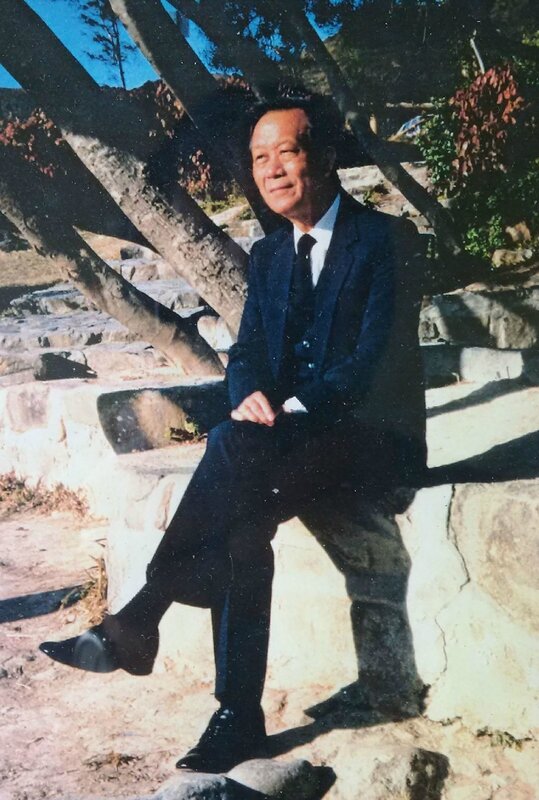




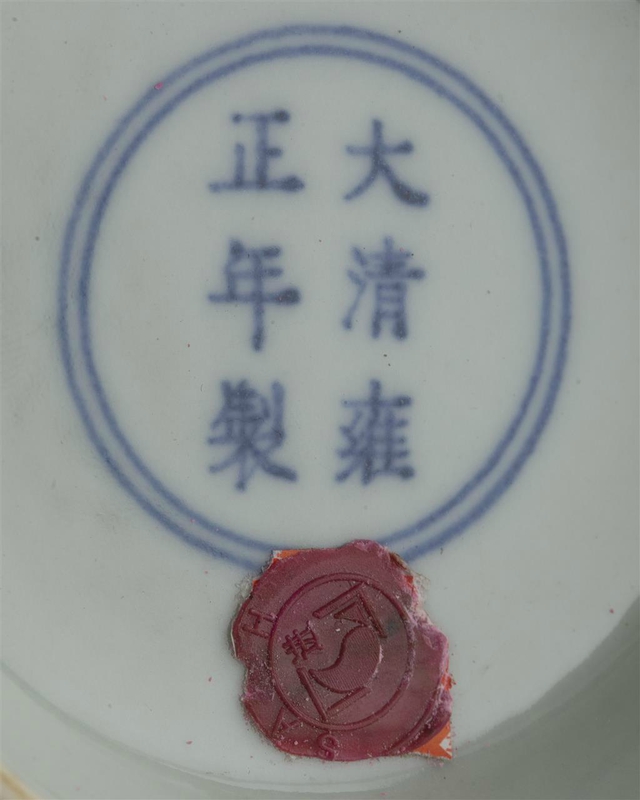
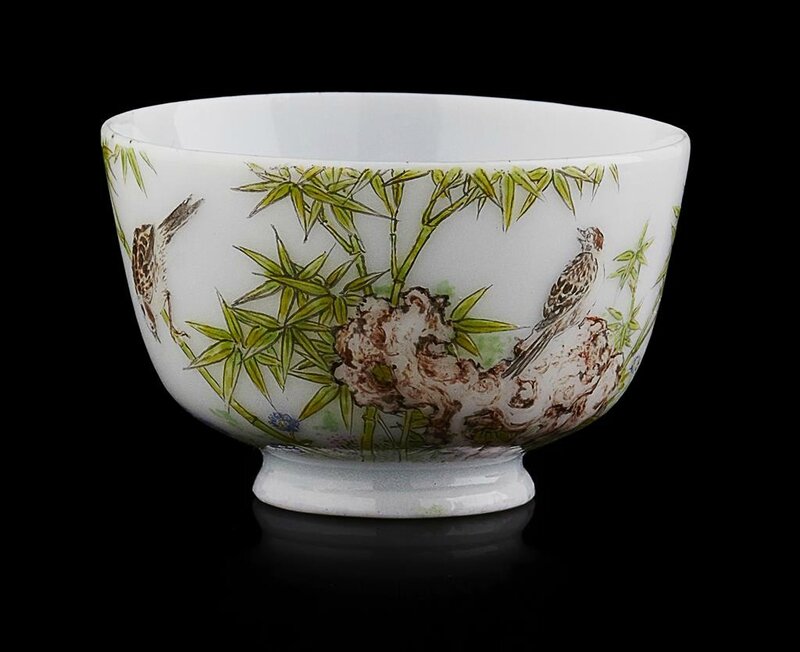
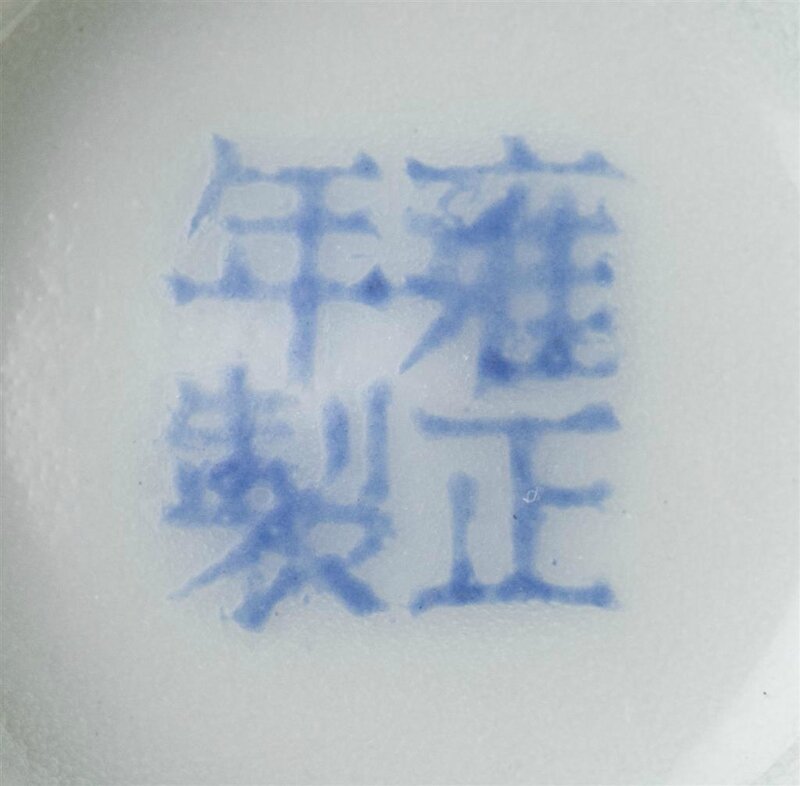
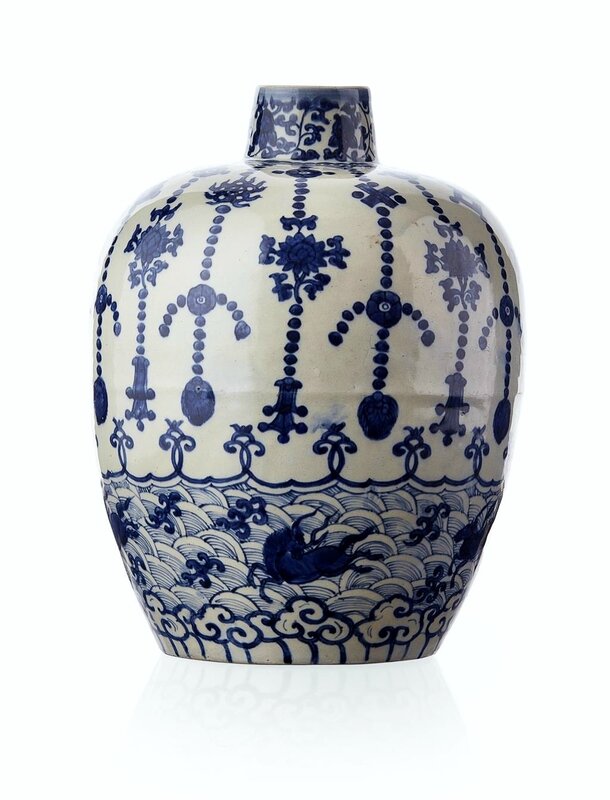

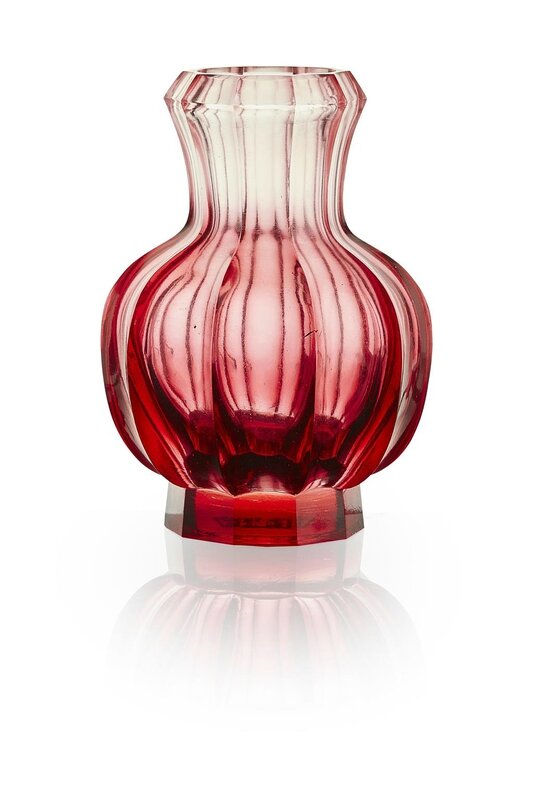
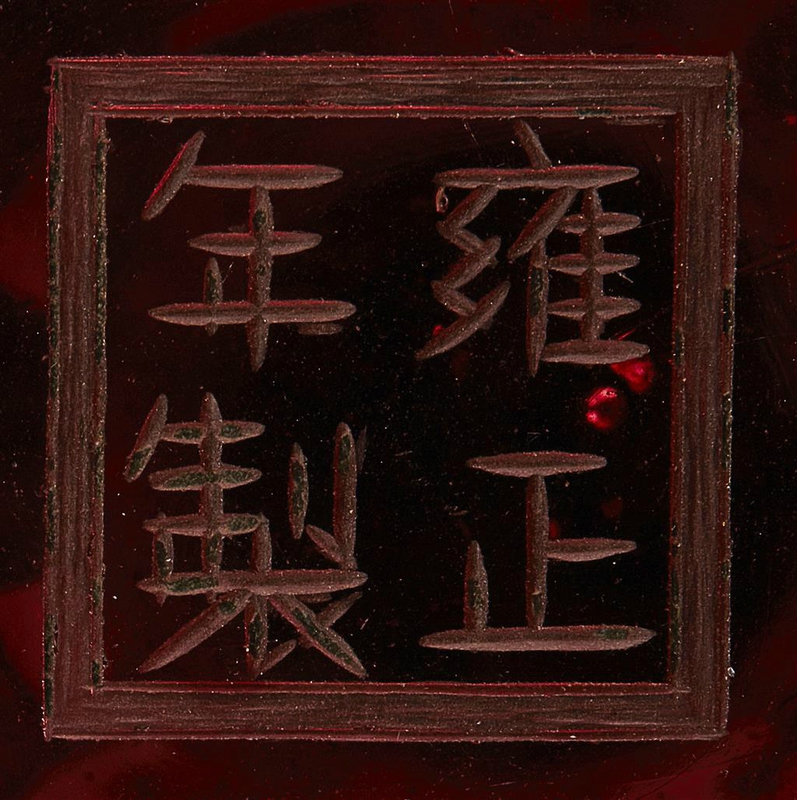


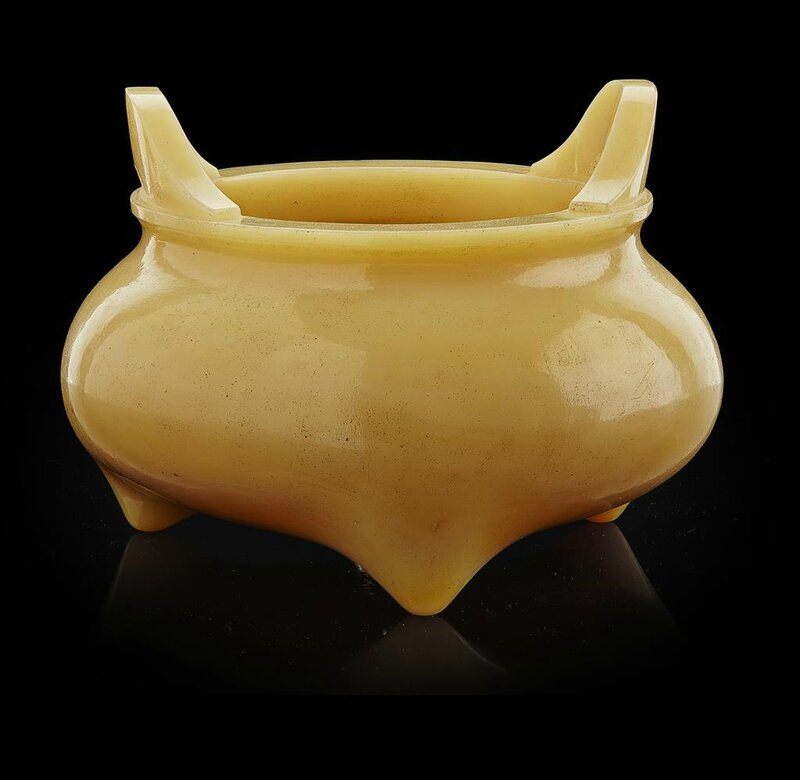
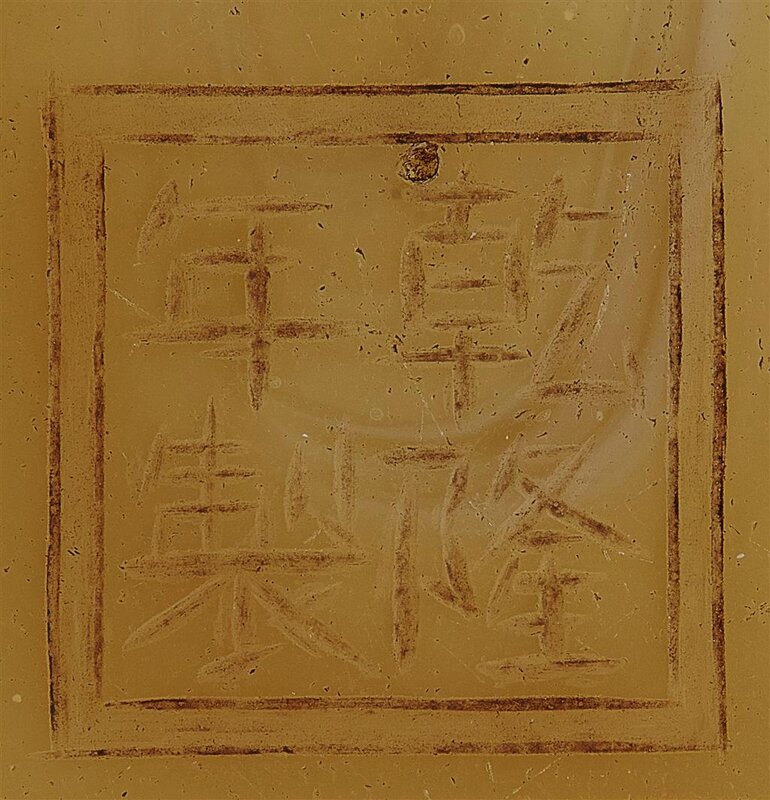
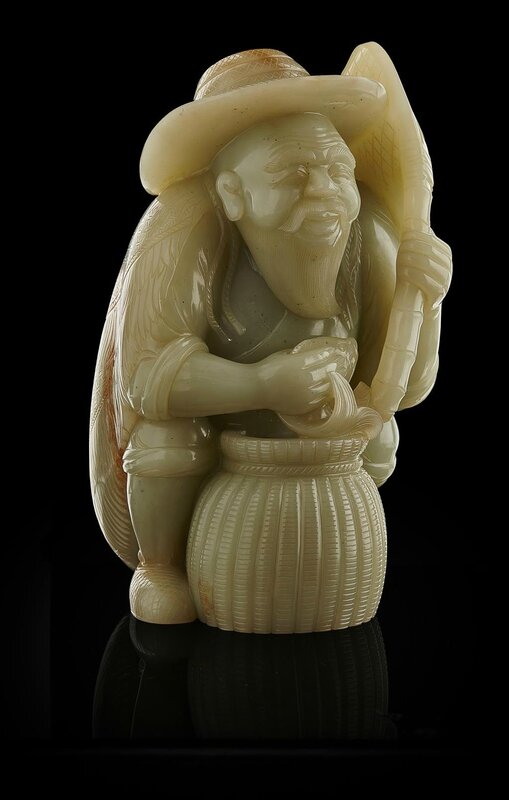












/http%3A%2F%2Fstorage.canalblog.com%2F92%2F02%2F119589%2F126439826_o.jpg)
/http%3A%2F%2Fstorage.canalblog.com%2F85%2F92%2F119589%2F126266673_o.jpg)
/http%3A%2F%2Fstorage.canalblog.com%2F47%2F36%2F119589%2F125958688_o.jpg)
/http%3A%2F%2Fstorage.canalblog.com%2F69%2F38%2F119589%2F121259383_o.png)